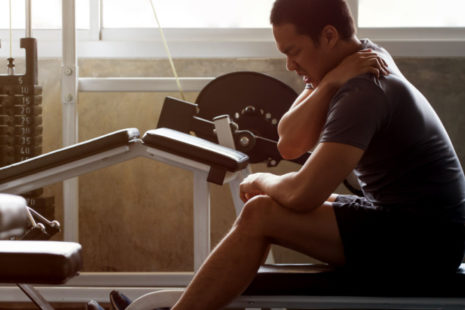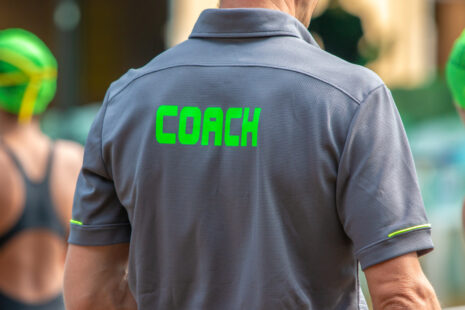Sports conditioning, also known as athletic conditioning or sports-specific training, refers to a specialized form of exercise designed to improve an athlete’s physical attributes and performance in their chosen sport. Sports conditioning programs are tailored to the specific demands of the sport and the individual athlete’s needs.
Here are some common components of sports conditioning…
- Strength Training – Strength training exercises are used to build muscle strength and power, which are essential for generating force in athletic movements such as sprinting, jumping, and throwing. Exercises may include weightlifting, bodyweight exercises, resistance band exercises, and plyometrics.
- Cardiovascular Conditioning – Cardiovascular conditioning improves the athlete’s aerobic capacity, endurance, and overall cardiovascular health. Depending on the sport, conditioning activities may include running, cycling, swimming, interval training, and sport-specific drills that mimic the demands of the game.
- Speed and Agility Training – Speed and agility training focuses on improving an athlete’s ability to move quickly and change direction efficiently. This may involve drills such as sprinting, shuttle runs, ladder drills, cone drills, and agility ladder exercises.
- Flexibility and Mobility – Flexibility and mobility exercises help athletes maintain or improve their range of motion, which is essential for preventing injuries and optimizing performance. Stretching, dynamic stretching, yoga, and mobility exercises are commonly included in sports conditioning programs.
- Balance and Coordination – Balance and coordination training enhances an athlete’s ability to control their body movements and maintain stability during athletic activities. Exercises may include balance drills, stability ball exercises, and proprioceptive training.
- Core Stability – Core stability exercises strengthen the muscles of the core, including the abdominals, obliques, and lower back muscles. A strong core provides a stable base for generating power and transferring force during athletic movements.
- Sport-Specific Drills – Sports conditioning programs include drills and exercises that mimic the specific movements and demands of the athlete’s sport. This may involve practicing skills, tactics, and game-specific scenarios to improve performance under competitive conditions.
- Recovery and Regeneration – Proper recovery and regeneration strategies, such as foam rolling, massage, stretching, and adequate rest, are essential components of sports conditioning programs to prevent overtraining and promote optimal performance.
Sports conditioning programs are typically designed and supervised by certified strength and conditioning coaches or sports performance specialists who have expertise in developing individualized training plans based on the athlete’s sport, position, goals, and physical attributes. These programs are structured to progressively challenge the athlete’s abilities and adapt to their changing needs over time.



